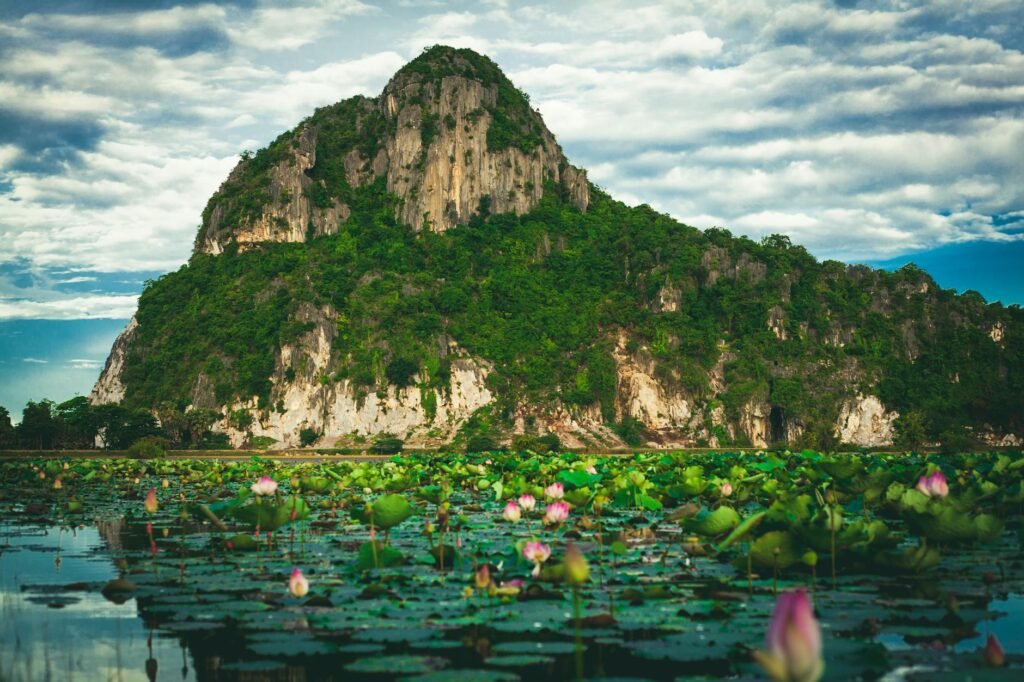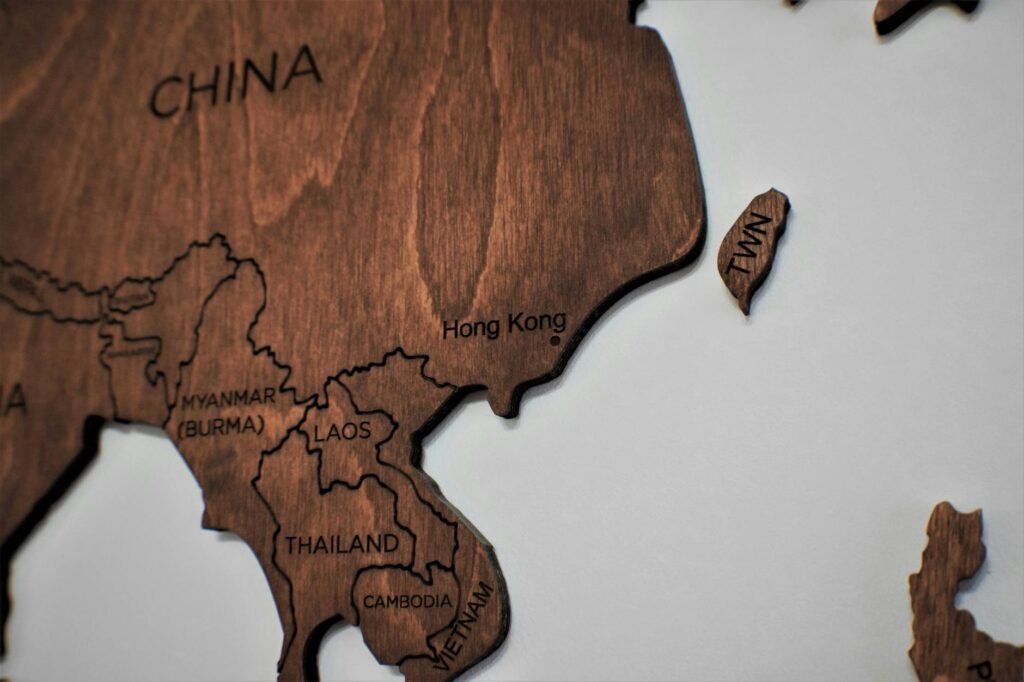The relationship between Thailand and Cambodia has been complex throughout history, marked by periods of cooperation and conflict. Understanding this dynamic requires looking beyond simplistic narratives and exploring the historical, political, and economic factors at play. This post delves into the key aspects of this often-fraught relationship.
A Shared History, Contested Borders
Thailand and Cambodia share a long and intertwined history, with periods of both alliance and antagonism. Border disputes, particularly concerning the Preah Vihear Temple, have been a major source of tension. The temple, a UNESCO World Heritage site, sits on the border and its control has been a significant point of contention, leading to armed clashes in the past.  Understanding the historical context of these border disputes is crucial to grasping the modern dynamics. Learn more about the historical context of these conflicts.
Understanding the historical context of these border disputes is crucial to grasping the modern dynamics. Learn more about the historical context of these conflicts.
The Preah Vihear Temple Dispute
The Preah Vihear Temple dispute remains a highly sensitive issue. The International Court of Justice (ICJ) ruled on the temple’s sovereignty in 1962, but this ruling hasn’t completely resolved the issue. Renewed tensions and disagreements over the interpretation of the ICJ ruling persist.  This ongoing dispute highlights the challenges of resolving long-standing territorial claims and the importance of diplomatic solutions. Further details on the Preah Vihear Temple Dispute.
This ongoing dispute highlights the challenges of resolving long-standing territorial claims and the importance of diplomatic solutions. Further details on the Preah Vihear Temple Dispute.
Economic Factors and Regional Influence
Economic factors also play a role in the Thailand-Cambodia relationship. Competition for resources, trade routes, and investment opportunities can sometimes exacerbate tensions. Both nations are vying for influence within the Mekong region, adding another layer of complexity. The role of external powers and their influence on regional stability should also be considered. Read more about economic factors and regional influence.
Political Relations and Diplomacy
Despite periods of conflict, Thailand and Cambodia have also engaged in significant diplomatic efforts to improve relations. Regular meetings and high-level dialogues between the two governments aim to address outstanding issues and foster cooperation. However, progress has been uneven, and challenges remain. [IMAGE_3_HERE] For example, see the efforts to improve relations in recent years. Find out more about the political relations. This requires a nuanced understanding of the political landscape of both countries. External analysis of political relations.
The Role of Non-State Actors
It’s also important to consider the involvement of non-state actors, including various insurgent or militia groups operating near the border. Their activities can further destabilize an already complex situation. These groups can complicate efforts towards peace and reconciliation. [IMAGE_4_HERE] Understanding their motivations and actions is crucial for a complete understanding of the conflict. Learn more about border security issues.
Looking Towards the Future
The relationship between Thailand and Cambodia remains dynamic and complex. While there have been periods of significant tension and conflict, there is also evidence of a willingness to cooperate and resolve disputes peacefully. Continued diplomatic engagement, along with addressing underlying economic and historical grievances, is essential for building a more stable and cooperative relationship in the future. Perspectives on the future of Thai-Cambodian relations.
Frequently Asked Questions
What is the main source of conflict between Thailand and Cambodia? Border disputes, particularly concerning the Preah Vihear Temple, have historically been the major source of conflict.
Have there been any attempts to resolve the conflict peacefully? Yes, both countries have engaged in diplomatic efforts, including high-level talks and attempts at compromise.
What role do external actors play in this conflict? External powers can sometimes influence regional stability and the dynamics between Thailand and Cambodia.
What is the current state of relations between Thailand and Cambodia? The relationship remains complex, with ongoing efforts to manage tensions and promote cooperation.
How can the conflict be resolved? A combination of diplomatic engagement, addressing historical grievances, and fostering economic cooperation is crucial for long-term resolution.